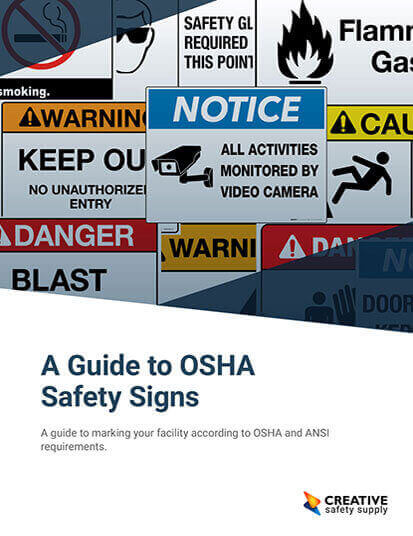
A food management analytical tool, HACCP stands for Hazard Analysis and Critical Control Point. It identifies, assesses, and controls hazards at any point along the food management chain, from procurement of raw materials and handling to manufacturing, distribution, and consumption of the finished product. These hazards can vary in nature, being biological (like bacteria), chemical (pesticides), or physical (like metal shards); however, all have the potential to lead to foodborne illnesses.
However, HACCP is predominantly focused on biological hazards, specifically microorganisms like bacteria, parasites, or deadly microbes that lead to foodborne illnesses. This meticulous approach is necessary because biological hazards pose the greatest risk to consumer safety, making comprehensive safety measures crucial.
Examples of critical control points include any point in the food management chain where preventative measures are implemented to control and manage food-related hazards. A common example would be heating meat to a certain temperature to eliminate bacteria or sanitizing kitchen surfaces to avoid contamination.

Principles of HACCP
There are seven main principles to apply to a HACCP system for the improvement of food quality and safety.
- The completion of a hazard analysis
- The identification of critical control points
- The establishment of critical limits
- Monitoring the critical control points
- Establishing corrective action
- Verification
- Record keeping
To help ensure consumer safety, we offer a range of resources to help you better understand what HACCP means and provide you the opportunity to customize safety signs to practice essential precautionary measures throughout the food safety management system. With Creative Safety Supply, you can keep you and your business safe.
Additional HACCP facts:
- HACCP stands for Hazard Analysis and Critical Control Point. It is a systematic approach for food safety hazard identification, assessment of risk, control, and verification activities. It is an international regulatory standard for food businesses and manufacturing plants, serving the purpose of being compliant and offering safe food for the customers. Source: https://www.fda.gov/food/hazard-analysis-critical-control-point-haccp/haccp-principles-application-guidelines
- HACCP was first developed in the 1960s by NASA and the Pillsbury Company to create crumb- and pathogen-free foods for astronauts who will be traveling to space. HACCP was created to address food safety hazards in a food business and prevent the spread of foodborne illnesses. Source: https://www.fooddocs.com/post/history-of-haccp
- The original HACCP program had only three principles: identify and assess hazards, identify critical control points, and establish monitoring procedures. Later, four more principles were added: establish critical limits, establish corrective actions, establish record keeping procedures, and establish verification procedures. These seven principles form the basis of HACCP plans today. Source: https://www.fooddocs.com/post/history-of-haccp
- HACCP is applied to processes throughout every stage of the food supply chain, including production, preparation, packaging and distribution, and is used to manage food safety across many types of food businesses. HACCP can also be integrated with other food safety management systems, such as ISO 22000 and FSSC 22000. Source: https://www.fooddocs.com/post/what-is-haccp
- HACCP is not a one-size-fits-all system. Each food business must develop and implement a HACCP plan that is specific to its products, processes, and hazards. A HACCP plan must be reviewed and updated regularly to reflect any changes in the food business or the food safety regulations. Source: https://safefoodalliance.com/food-safety-resources/what-is-haccp/


